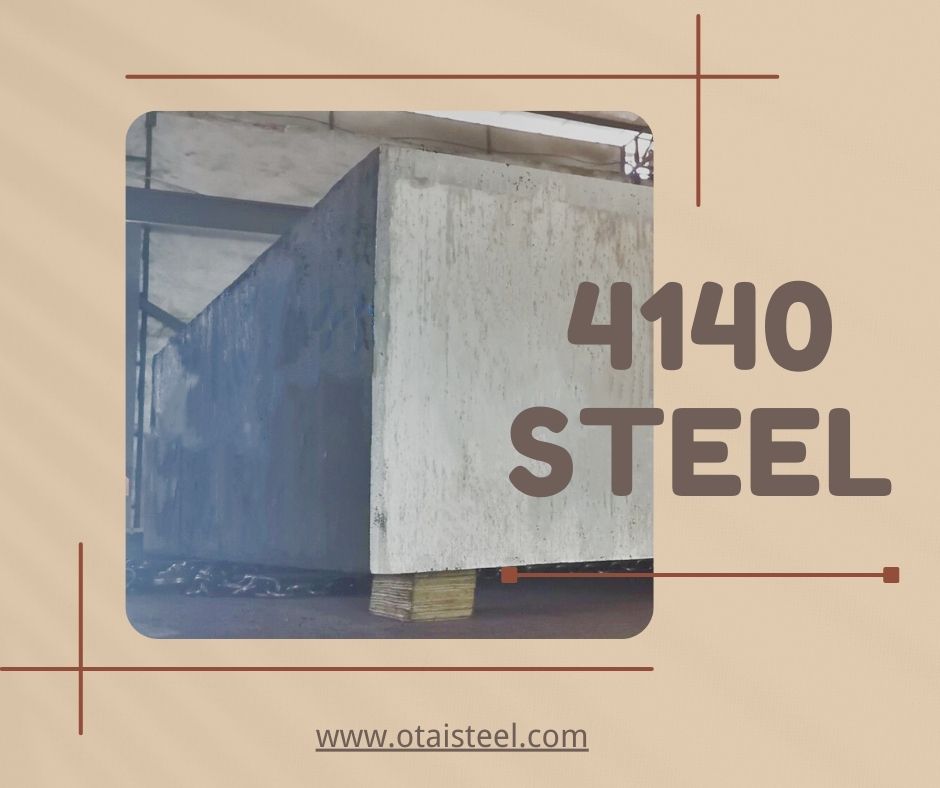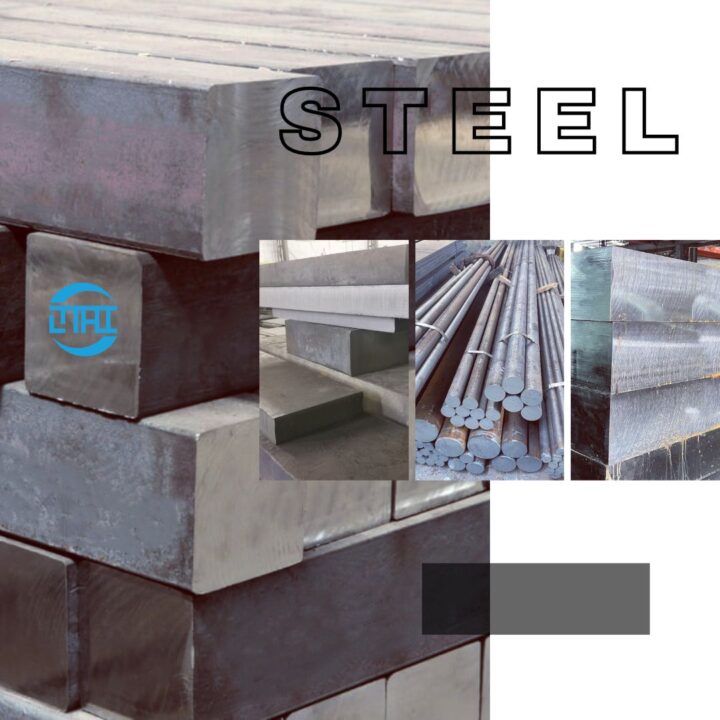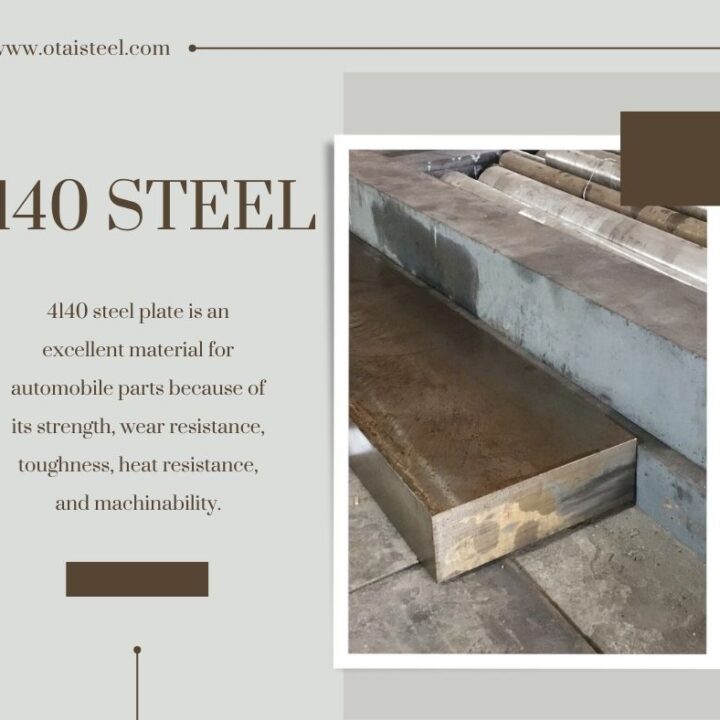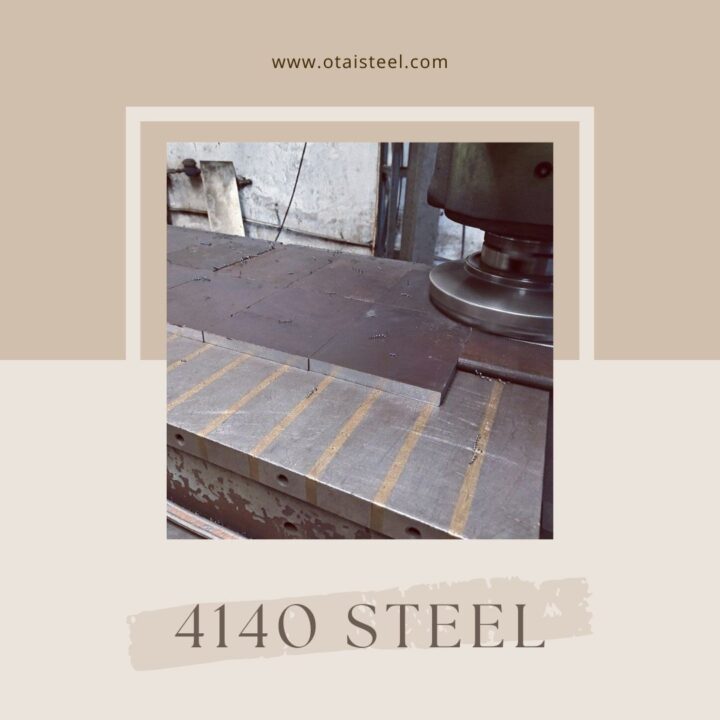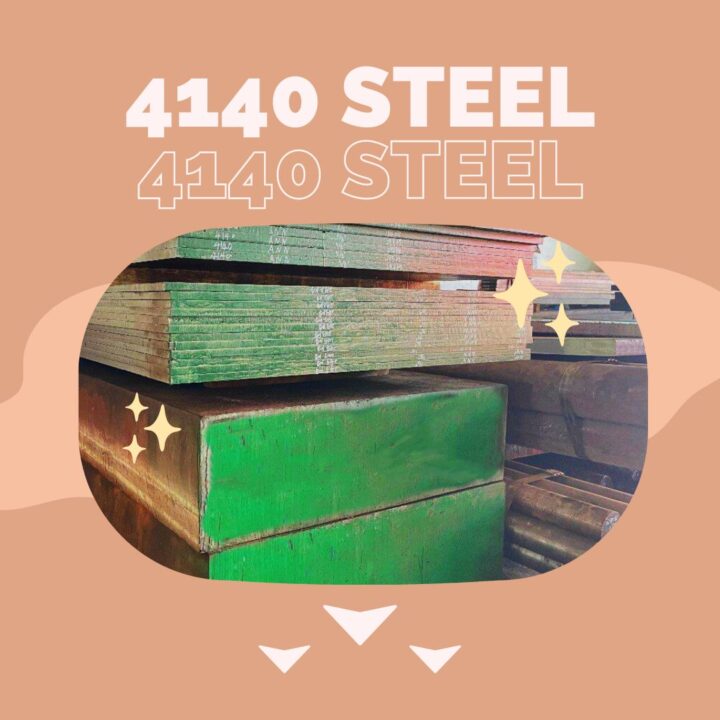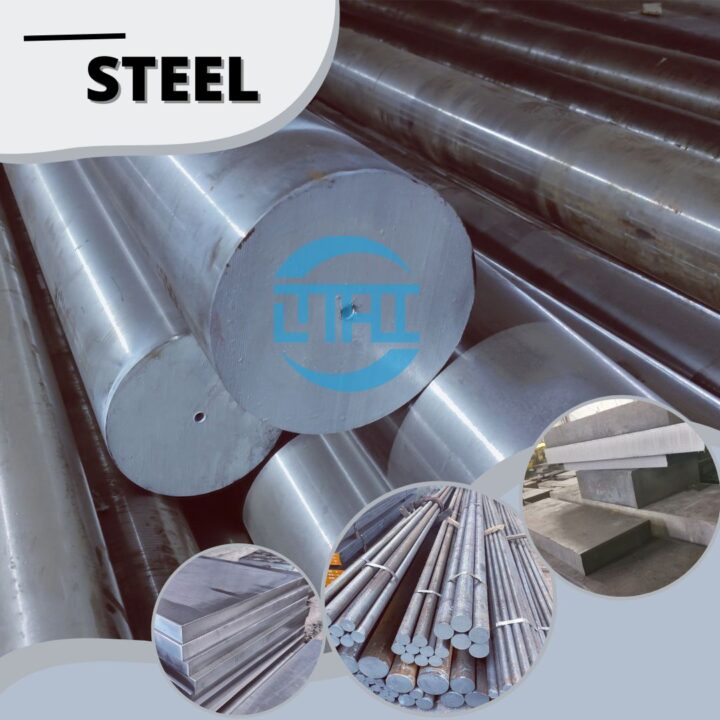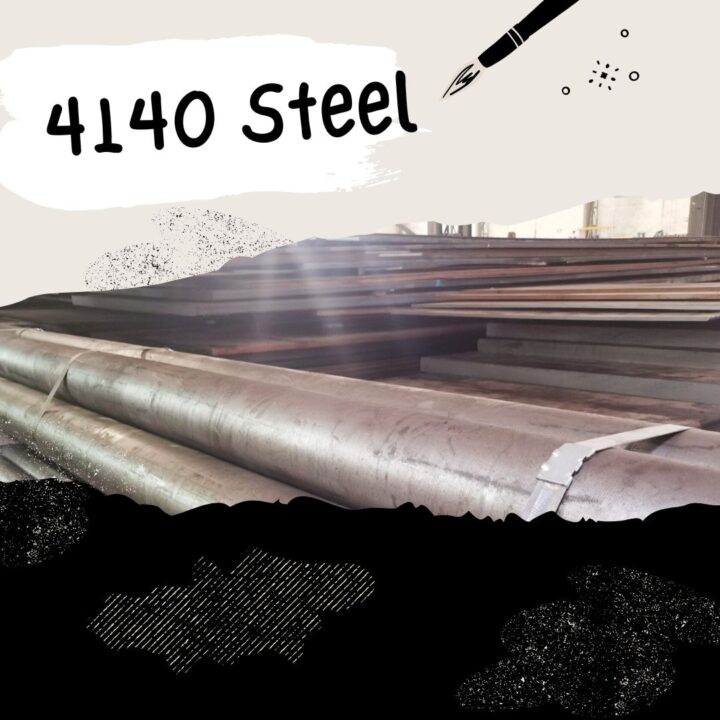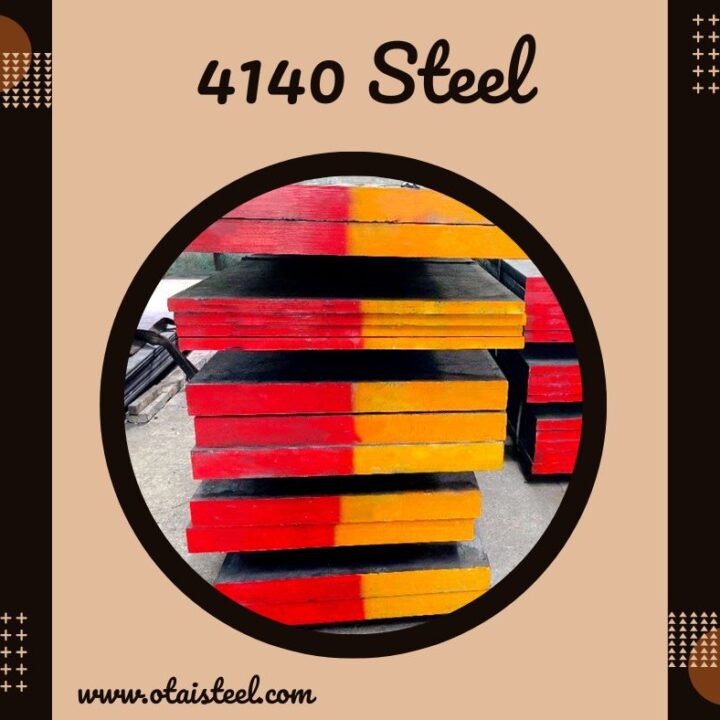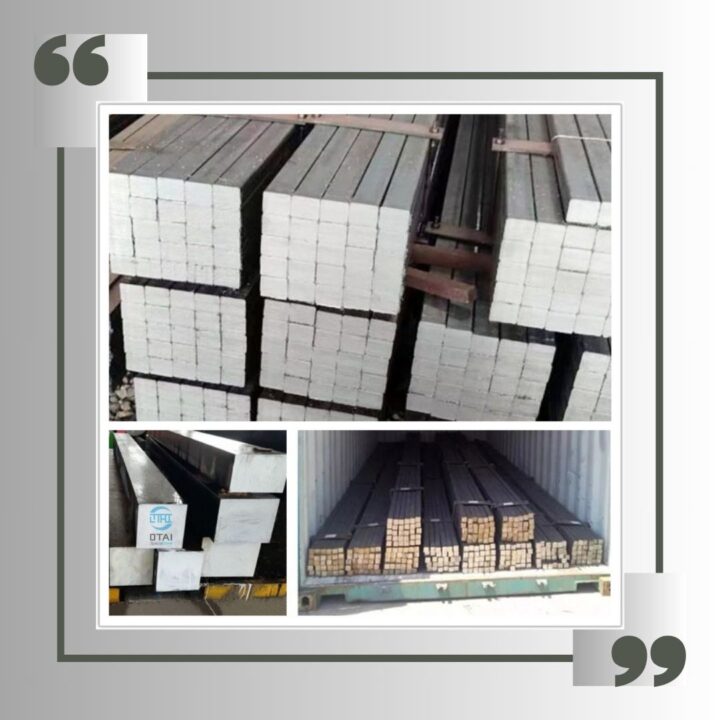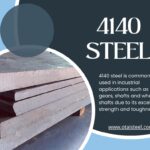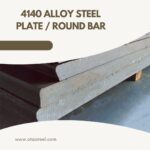The Formability of 4140 Steel using Different Forming Processes and Conditions
Forming processes are used to shape metals into various shapes and sizes. The formability of 4140 steel can be improved by using different forming processes and conditions. The most common forming processes include forging, extrusion, rolling, drawing, bending, and stamping. Each process has its advantages and disadvantages depending on the desired shape and size of the final product.
Forging is a process that involves heating the metal above its recrystallization temperature and then applying pressure to shape it into the desired shape.
Extrusion is a process that involves forcing the metal through a die to create a specific shape. Rolling is a process that involves passing the metal through a series of rollers to reduce its thickness. Drawing is a process that involves pulling the metal through a die to create a specific shape. Bending is a process that involves applying pressure to the metal to bend it into a specific shape. Stamping is a process that involves pressing the metal into a die to create a specific shape.
The formability of 4140 steel can also be improved by using different forming conditions such as temperature, pressure, and lubrication. The optimal forming conditions depend on the desired shape and size of the final product as well as the properties of the metal being formed.
Many different forming processes and conditions can be used to improve the formability of 4140 steel. Each process has its advantages and disadvantages depending on the desired shape and size of the final product. The optimal forming conditions depend on the properties of the metal being formed as well as the desired shape and size of the final product.
